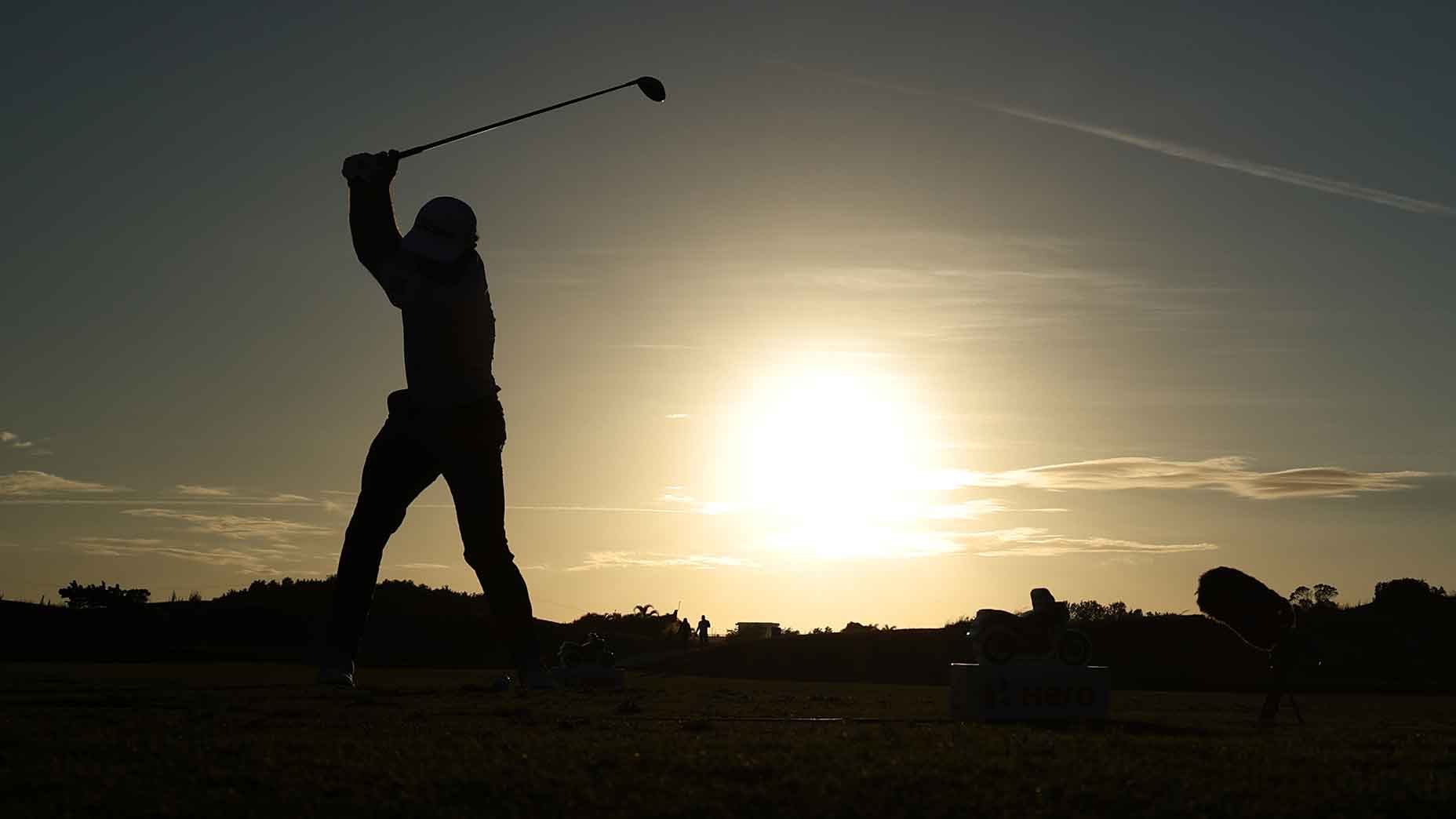 Want to be a birdie machine? Make the putt! Here’s how
Want to be a birdie machine? Make the putt! Here’s how
How social isolation can actually help *improve* your golf game

Editor’s Note: Baden Schaff has been a PGA teaching professional for 17 years and is the co-founder of Skillest, a digital platform that connects golf students with golf coaches across the world for online lessons. To learn more about Skillest and to book a lesson of your own with Baden, head over to Skillest.com or download the app in the app store.
Trying to get better at golf is really hard. There are so many barriers to overcome. Do we have time to practice? Can we find a coach that is right for us? But I actually think there is one obstacle that is bigger than any other, and it is going to sound counterintuitive:
It’s your weekend round of golf.
Most of my students think they need playing at least once a week to progress their game when it’s usually the opposite.
5 swing mistakes recreational golfers make that pro golfers don’t
Why? Think about it like this: A student arrives for a golf lesson with a big slice, he tells me that he cannot stop hitting it into the trees on the right of the first hole of his local course. Through video analysis and some Flightscope data we can see that he has a very steep path. The golfer cuts across the ball with an open clubface causing a big left to right ball flight.
It’s pretty clear that the fault is caused by some poor setup angles and then the students’ subconscious belief that they need to pull the ball over to the left to stop it going right. We spend some time chatting about how we are going to fix the issue, stand in front of some mirrors, change the set up, get the club falling more shallow and by the end of the session he is hitting perfect little draws.
The cause of your slice is something so simple you didn’t even notice
It’s not the diagnosis that’s hard — the student understood what he needed to do and executed everything perfectly. It’s what happens next that’s the issue.
After a couple of days practice the student has a slight deterioration in their swing with a couple of little slices returning, but they still feel like they might be able to take it to the course on Saturday.
Walking to the tee on Saturday a couple of doubts creep in. He stands on the tee, takes one look down the fairway and at the last moment decides to go with what he trusts and reverts back to his old motion, swipes across the ball and sends it into the trees down the right side of the hole.
Being comfortable was more important than progress or using a swing that he still was comfortable with. Cameron McCormack calls it the 300 pound pencil: The obsession with your score and the hope for a good result on the day has totally short-circuited the attempt at progressing your game long term. Any good work that the student has done that week has gone out the window and you can be sure that the next lesson will be a start over.
This is not a criticism of the student, it is human nature. It’s hard to commit to a process or a long term game improvement strategy. We will always do what we feel will work on the day and what may bring immediate results. Having a swing that you do not yet trust generally won’t bring that.
The reason I’m writing about this now is that we are in an environment where, for the first time in your golfing life, you are being forced to eliminate the Saturday round from your routine. But rather than seeing this as negative you are presented with a once in a lifetime opportunity. The next few months are going to allow you to make those swing changes you have always wanted without interruption. There is no doubt that as we speak at home practice stations are being erected around the world. This gets me so incredibly excited as there is no doubt that these stations will remain in place long after the current crisis is over. Hitting mats, nets, at home launch monitors, mirrors, chipping nets, putting mats, are flying off shelves and this will have a huge positive effect on game improvement. This at home training environment coupled with no Saturday comps and your ability to interact digitally with a Skillest coach will totally shift the current game improvement paradigm.
Use this cheat sheet to create a golf learning center in your living room
The at home environment is a better place to practice for other reasons as well. There are no playing partners giving you unsolicited advice, No wind, no trees, no water. It is a perfectly controlled environment that provides the ideal place for you to finally get better. The next couple of months will be an enforced lay off from the game that we love. This may never happen again so use this time wisely, take advantage of it. When walking to the tee for your first game back you will be confident you have done the reps to trust your swing and peel that little draw off the right edge of the fairway.
To learn more about Skillest and to book a lesson of your own with Baden, head over to Skillest.com or download the app in the App Store.
To receive GOLF’s all-new newsletters, subscribe for free here.
ADVERTISEMENT




